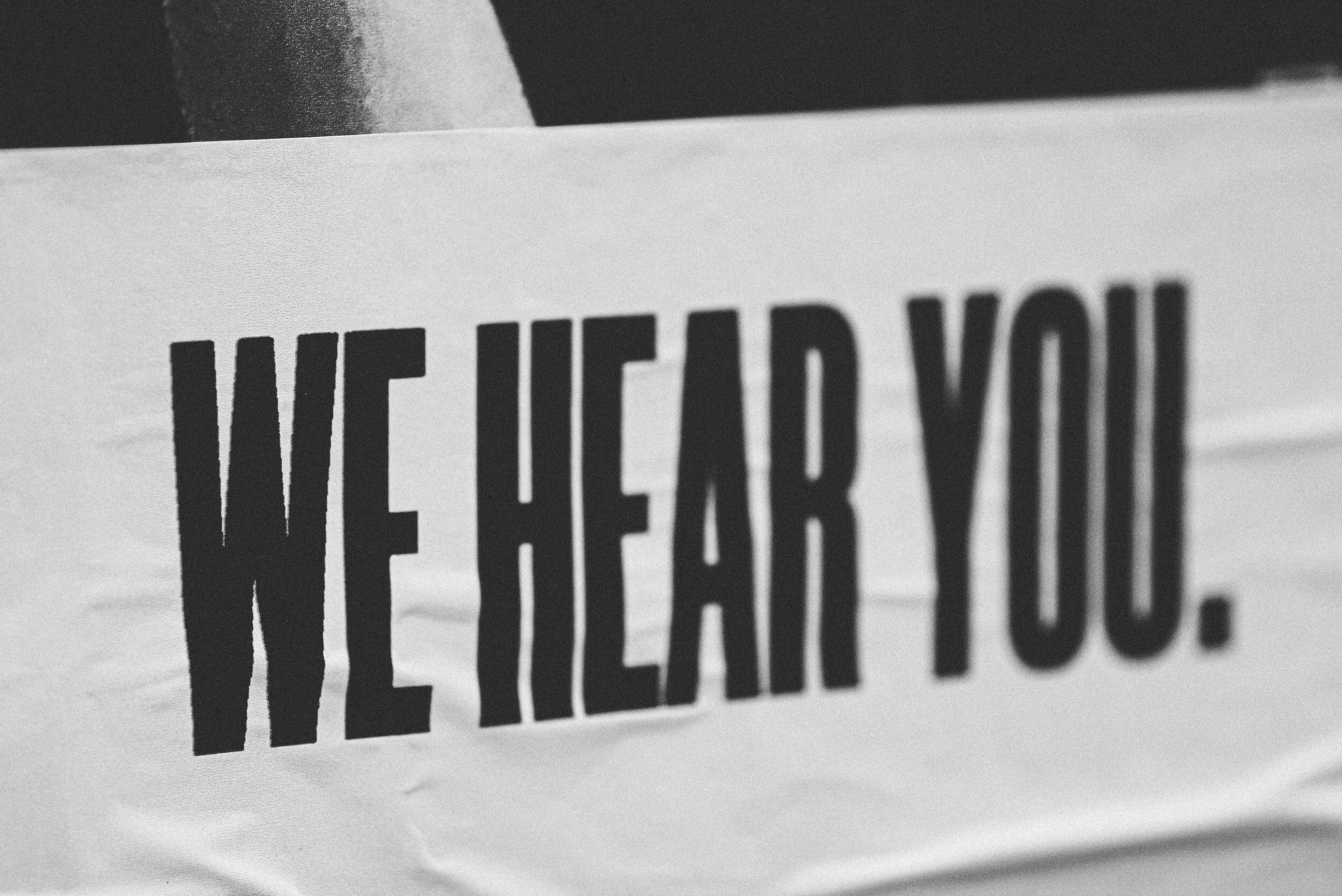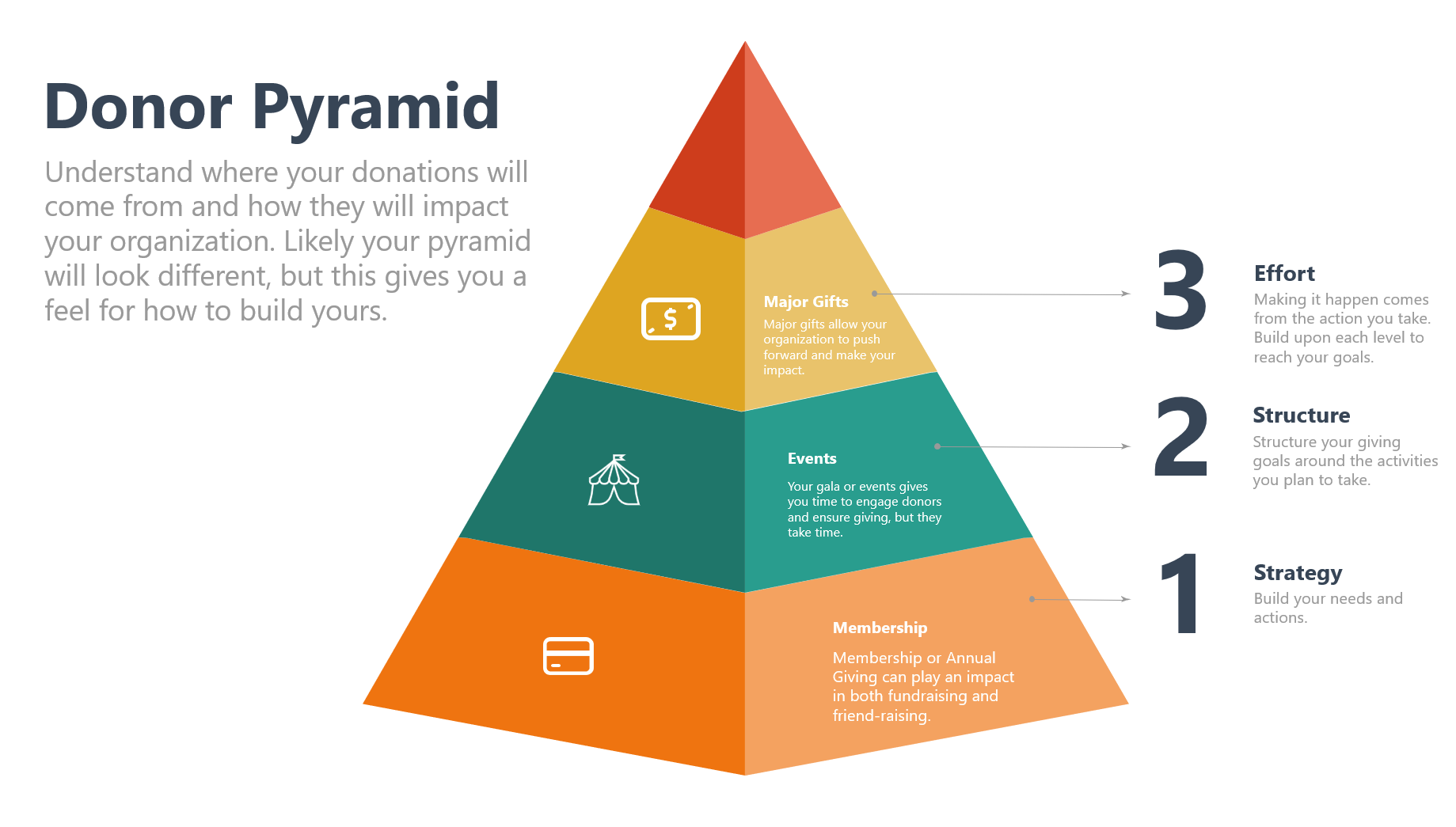What Kind of Feedback Should You Seek From Donors?
Whether you are a professional, business owner, student, or even athlete, you likely know that feedback is important. Maybe you even enjoy giving or getting that feedback. For nonprofits, this is also true, particularly when it comes to donor feedback. Regardless of which side of the donor-nonprofit relationship you are a part of, it is likely clear that donor feedback is a massive building block of quality fundraising and overall nonprofit strategy. Nonprofits don’t exist in a vacuum, their position in communities is an important factor in their planning and performance. This position involves more than just geographic communities. It is the nonprofit community generally, their peer organizations, their neighborhood, amongst their donors, and more. In order to properly build a strategy, the perspectives of these communities are key, and the donor community is no exception. Let’s take a look at what you should seek from donors when soliciting their feedback and how to put it to good use.
What Feedback Do You Need to Know?
“Feedback” is a fairly general word. There is positive and negative feedback, critiques that are constructive or simply nagging, expressions of gratitude, and even responses from experts and non-experts. So what feedback should your nonprofit seek out? A few key areas to seek feedback on are communication with donors, how donors found your organization, why donors choose to support you, and how to improve the donor experience.
Communication with donors: receiving feedback on how well you have communicated with donors will help you make sure you are accommodating the needs and providing the information that donors desire.
How did donors find your organization: by understanding how donors find your organization, you can determine what marketing strategies are most effective and what channels your audience prefers.
Why did donors choose to support you: seeking feedback on why donors support you provides two insights: provides feedback for mission alignment and it offers great testimonial material.
How to improve the donor experience: getting this feedback from donors will help you remove barriers in the donation process, facilitate easier giving, and save donors time.
Gathering all of this information is great, but all of that effort is a waste if you don’t apply what you have learned. Let’s take a look at some tips for how to use donor feedback.
Tips on Using Feedback
The challenge of using feedback is an issue that is often left aside. We hear that donor feedback is great, but many people leave out how to make it great. We know all kinds of things are great and helpful, but we don’t always know how to use these tools. The result? Useless bits of data. It is key to know how to put these insights to work for your organization.
One important thing to remember is to support your ability to use the feedback. This bridges both discussions on gathering and using. Gathering information in the right way is key to making it useful. Surveys are great formats for gathering feedback because you can choose the format and then receive all responses in that format. That does two things for you. It makes processing efficient and comparison far more effective. Thinking ahead in this way is critical to avoiding waste when the feedback rolls in. While surveys are not the only format, they reveal the power of having comparable and easily understood information.
With feedback in hand, it is time to start improving. Before making recommendations, consider where the feedback is coming from. It is helpful to understand who the donor is, so you can properly set up your donor experience to accommodate as many donors as possible. Not every donor is the same and not every donor is representative of your whole audience. A majority may prefer to donate one way, but that doesn’t mean all donors do. Don’t exclude large audiences. If 70% of your thousand donor audience likes one thing, don’t disregard an additional three hundred interested donors. Similarly, an outlier shouldn’t cause you to disrupt what 99% of your constituency prefers. When making changes based on feedback, make sure to test those changes. Make test runs with staff or select members or volunteers. After those tests, get more feedback and refine your process. What does this mean? It means that you must be willing to accept feedback constantly and consistently improve. Changes may not result in perfect results, so be willing to revise.
Maybe asking for feedback from your donors seems over the top or even wholly unnecessary. Nevertheless, it can lead to growth through increased donor support. Donor experience is critical and the best way to improve that experience is to hear directly from donors. Remember, donors also appreciate the simple act of collecting feedback. It makes them feel appreciated. By simply starting, your organization is already begining to improve. Always seek feedback, revise your approach, and continue to seek more feedback. This is the best way to improve and starting now is the best path forward for any nonprofit.
Want help developing a quality system for gathering donor feedback and integrating that feedback into your strategy? The team at NMBL Strategies can help your organization gather essential feedback and turn it into a strategy for growth.















